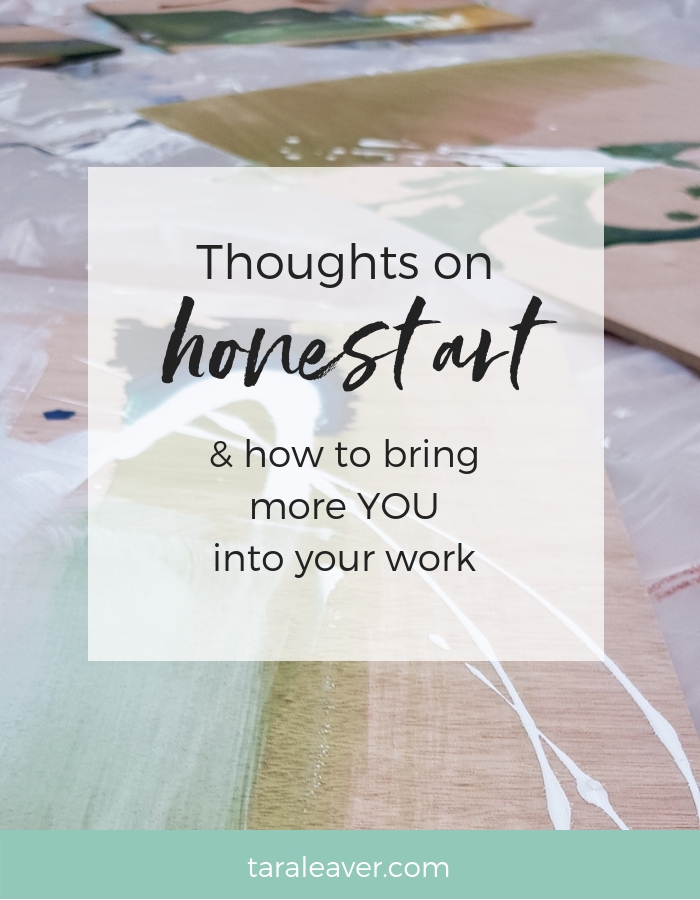
“I put into my paintings everything I like.”
Picasso
While I was on sabbatical at the end of last year, an idea kept coming up as I navigated through the shifts in my life, work, and most of all, the art. In terms of the painting, it called itself honest art.
It’s not a new concept, and a quick Google tells me people define it in different ways, but I suspect it already makes sense to you in a wordless way, even if you’re not entirely sure what it would look like or entail for you.
To me, honest art is about three things:
- What the art is about
- The way I make the work
- How it fits into the bigger context of my life
Let’s break that down a bit.
ONE | What the art is about
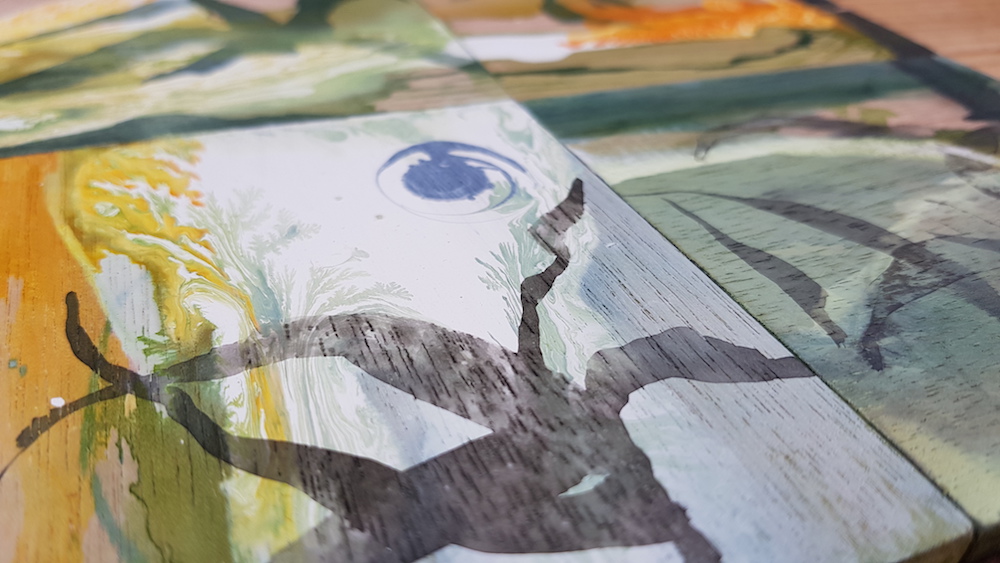
A couple of years back I had a bit of an epiphany about my life and art, to do with freedom.
Before that I didn’t feel my art had any particular story to it – it was just pure self expression in the moment and was initially very all over the place as I began to reconnect with my artist self after years of illness, and tried all sorts of different things according to my whims.
Once I saw that freedom was a thread that ran through my life and in the way I wanted to express myself, the art began to develop in new ways. It became increasingly cohesive, and people began to say they could recognise it as mine when they saw it.
In a sense, our art is always as honest as we can make it at any given time {unless we’re consciously copying}, because we’re doing our best, with or without an objective. So when I talk about honest art I’m talking about a new {for me} level of it.
This is showing up in my current work as a distillation of the sensory experiences of immersion in water, and what it feels like to be ‘right here right now’ in it.
TWO | The way I make the work
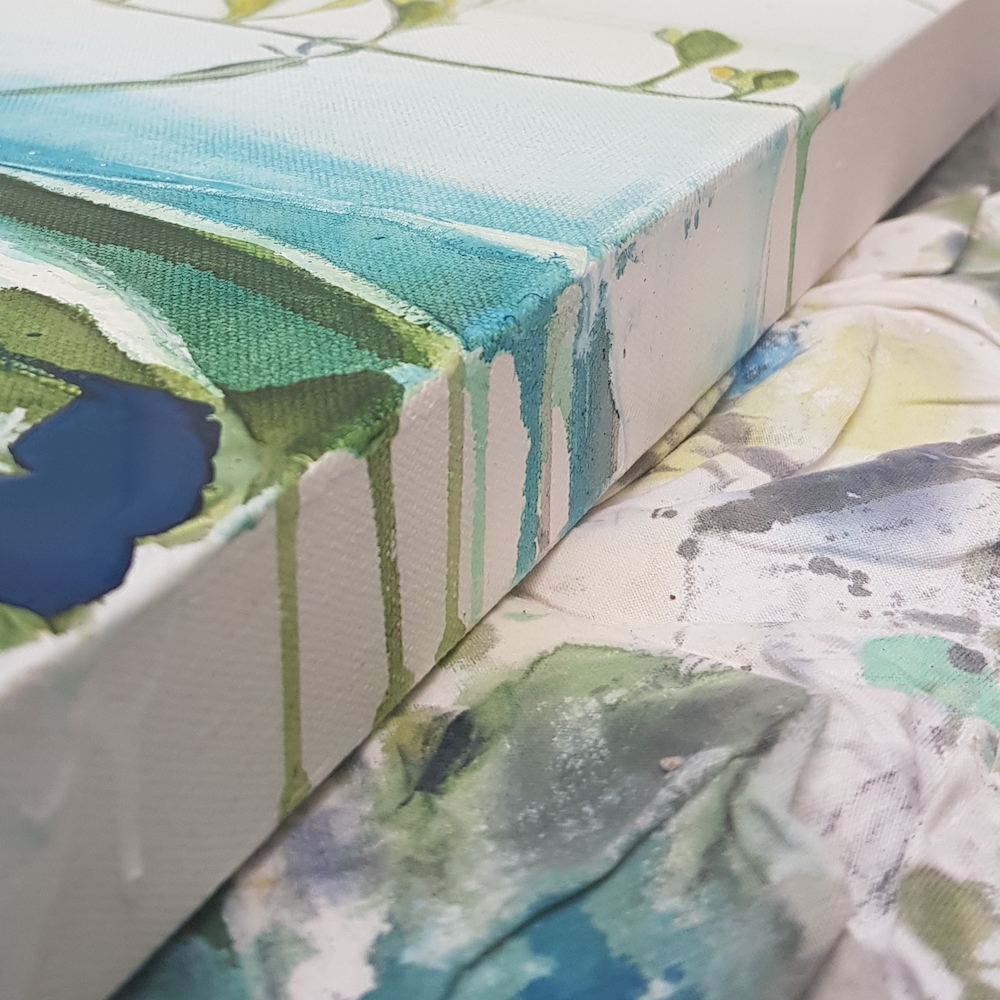
Although I’ve always been fascinated by process, and focus on it as the vehicle through which I teach, the details and nuances of how I make the work have become deeply significant in a new way recently.
I’ve always leant towards mixed media art, especially at first, because of the nature of it. It’s so forgiving, because you’re building up layers, and it allowed me to use any materials I liked to express myself, rather than being tied to just one. {The obsession with freedom – it pops up everywhere!}
I still use mixed media, albeit in a rather different way now, but the main point is that the materials I use now, and the way in which I use them, are not just the way I like to work, they’re directly related to what I’m trying to say with the art – with its meaning and story.
So for example, I’m making work at the moment which is centred around my experience of swimming outdoors. One of the ways in which I’m expressing that is to use the paint in varying consistencies, from very liquid to thick and gloopy, as a means of saying something about what water does and how it feels in different circumstances.
It’s also about how the paint is applied to the surface, and how that reflects the experience and meaning of the work. A splash has to be thrown on spontaneously and without control, because that’s what a splash is like! There are also slower paced, more considered elements to the paintings, like the stillness of the olive trees alongside the pool, for example.
This is quite a major shift. It unifies the work with the process in a way I wasn’t doing so intentionally before. And that unifying is part of what, to me, makes it ‘honest art’. It’s got a common thread that runs through every step, from conception to completion.
And it doesn’t stop there.
THREE | How it fits into the bigger context of my life
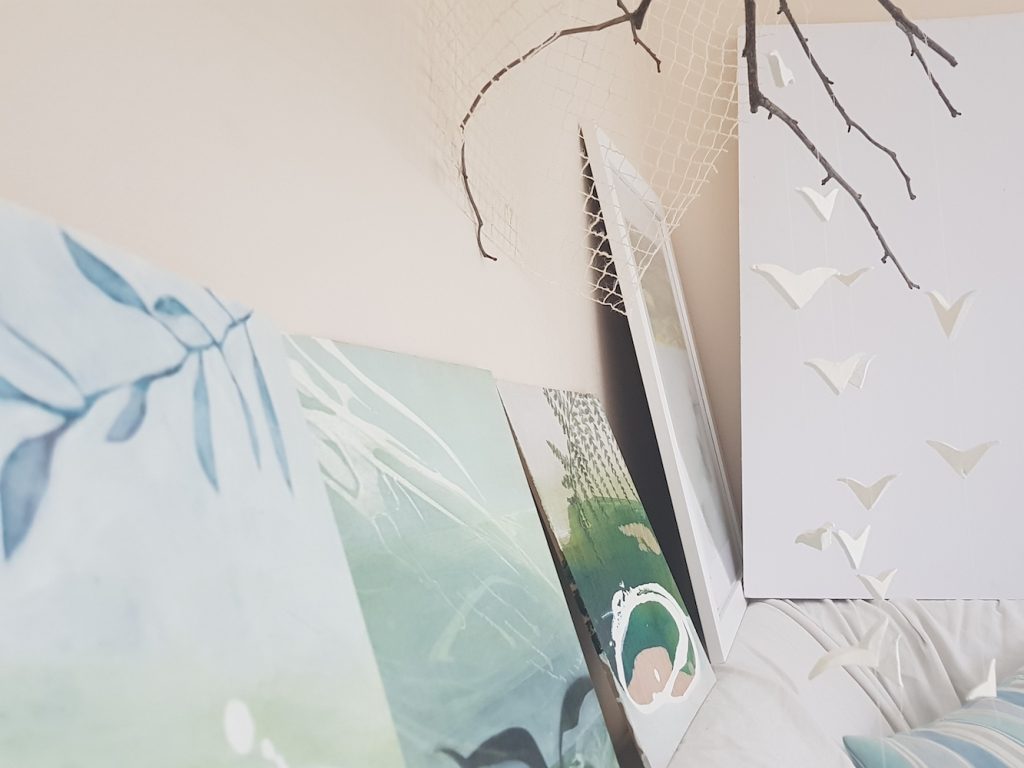
As I mentioned in the last post, moving from coastal city life in Hove to coastal countryside in Cornwall precipitated a much deeper interest in a more earth conscious way of living.
- Where before I struggled to keep a plant alive {and still do at times!}, I now suddenly want to try growing my own food.
- I’ve become much more keenly aware of the amount of plastic I use and waste I create, and am working to significantly reduce that.
- I’ve started making my own bathroom and cleaning products, to cut down on chemicals and packaging.
- I want to be outdoors {immersed} much more, now that I’m in an environment where my soul feels at home.
- I’ve been exploring ideas like minimalism, slow living, and zero waste.
These and many other day to day aspects of life are helping me live in greater alignment with my values of freedom, being ‘clean’ in every sense of the word, genuine connection with other humans and solitude, white space, silence, immersion in nature, and making things with my hands.
The emphasis is on a ‘truthful’ lifestyle – true to my values, true to the earth that’s my home {as much as I can}, true in the way I interact with people and my environment.
And all of this feeds back into the art itself, in ways both overt and subtle.
I am currently still using acrylics, which are of course plastic, but I’m becoming more and more aware of point two in that the how needs to align with the what. Baby steps! And I can at least be mindful of how I use and dispose of them.
I’m thinking more about the substrates I’m using, and about how what I want to say would be best expressed by them. 3D art is becoming something I want to explore more. I’m thinking about light and air and movement and space. I’m thinking about how the work might be displayed in a home to generate these feelings and impressions.
So if you’re interested in this idea of making honest art, but aren’t sure whether you are yet, or how to begin, how can you approach this?
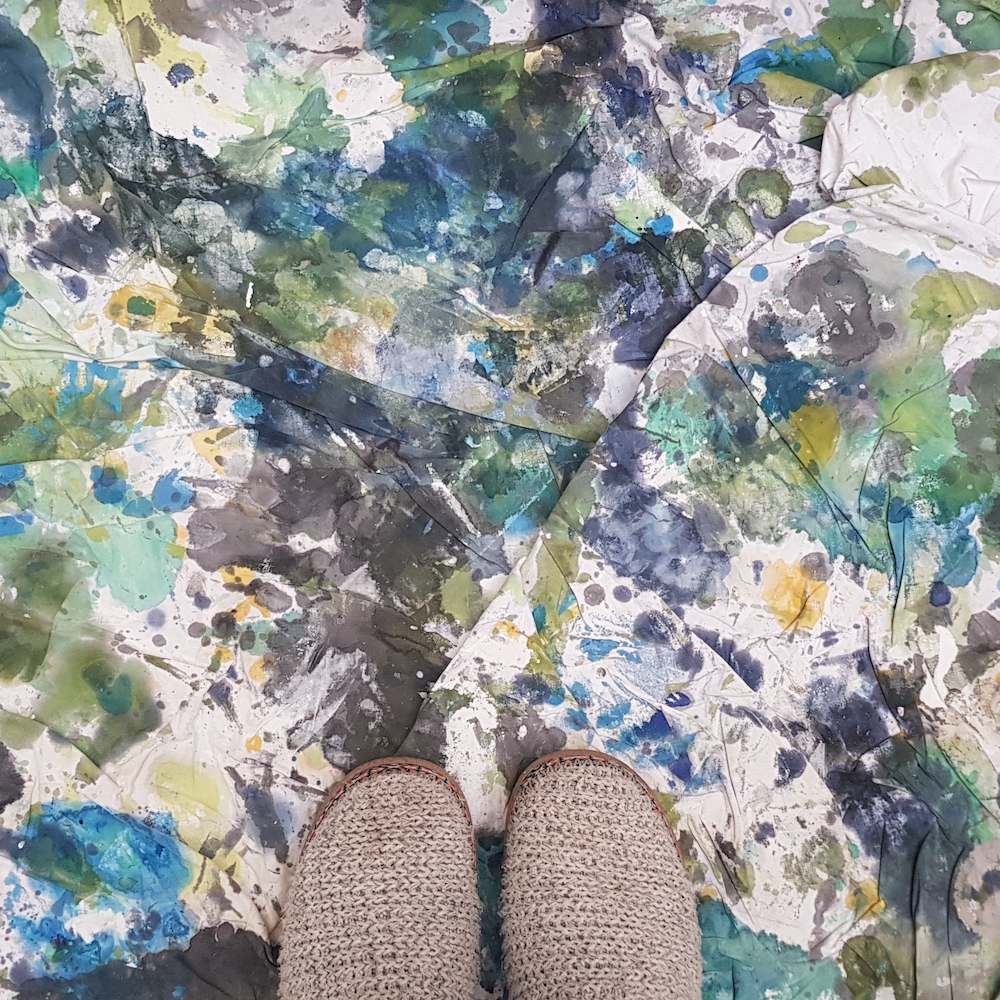
I’ll be exploring this more in the months ahead, but here are a few thoughts to get started with.
I used to think the Picasso quote at the top of this post was facile and reductive. {Nothing like a first glance conclusion!} Lately I’m seeing it with fresh eyes.
‘Everything you like’ doesn’t necessarily mean literally that, {although it could}, nor does it necessarily mean all ‘lovely’ things.
To me, it’s a call to self awareness, clarity, and honesty. Try gathering some of your favourite work in one place, stand back, and ask yourself some questions.
- What DO I like? {What do I see popping up over and over that I may not have consciously chosen or noticed? What is a common or favourite sight or experience in my home and life? Objects, colours, chosen activities etc. From the big to the tiny, stay alert to repetition.}
- Do I want to express that representationally or abstractly, or both?
- Does it feel like it wants to be painted, or 3D, or sewn, or expressed some other way?
- What feel like the truest symbols, motifs, or approaches?
- What has true meaning and value to me? In life? In process? In aesthetics? In how I want to feel in my life and work?
- How can I incorporate my values into both my process and my final outcomes?
- What materials would best express all this?
Honest art carries a unique-to-you flavour and energy, that even if copied does not have the same power and impact.
I’ve found it’s really worth pondering and percolating these questions, noticing as much as I can what was previously unconscious, and finding ways to phrase questions to myself that gently push my preconceived boundaries and move the work into an ever truer place.
It’s not an overnight process – it’s something that evolves as you do, and clarity can take time. But you can start today by asking yourself some more focused questions, and seeing where they lead!
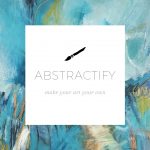 If you’d like to dig into this more in a guided, supportive environment, Abstractify is all about uncovering and developing your most honest art. It’s packed with approaches and practical assignments to try, as a way of unearthing what’s true to you about your art. Click here to find out more!
If you’d like to dig into this more in a guided, supportive environment, Abstractify is all about uncovering and developing your most honest art. It’s packed with approaches and practical assignments to try, as a way of unearthing what’s true to you about your art. Click here to find out more!







Thought provoking. Great questions Tara. I have been wondering what I am about and what I am seeking to express while I experiment and learn and hopefully go beyond reflecting the work of others. Grace and gratitude and the yin and yang aspects in all creation .. that calls to me. Thankyou for sharing your wisdom.
So glad you found the questions thought provoking Judy. I’m noticing more and more how important it is to have the ‘invisibles’ in place, or at least to know what they are for you, for the work to really shine with ‘youness’.
Great article and questions for brain storming! Can’t wait to see your new collection reveal! I’ve started a new journey into watercolors this year, hope that I’ll be, in time, able to bring honesty to it. 🙂
Thank you Jing! I’m sure you already bring honesty to the watercolours. 😉 You’ve made so much art just since I’ve known you! And I have been really enjoying the way you’ve been exploring the more quirky side, if that’s the right word.
I love what you said about the process. That is so true to me. People always say I can just paint over things but it doesn’t feel the same. I like to go slowly and feel the painting. Like a dialogue with my unconscious and the materials and what is emerging there.
Yes that’s a lovely way to put it! I used to be a ‘cover it over’ person; these days I’m more of a ‘go slowly and let it unfold in a more minimal way’ person.
Thank you Tara. Really appreciated this . A good way to re-focus. I’m in the process of experimenting with mixed media and loosening up and it certainly is “go slowly and let it unfold” ! Things are becoming muddled and frustrating, so your questions for moving into a truer place are very helpful; also the reminder about negative and positive spaces/places.
So glad it was helpful to you Joss!
Tara is this what you mean.
Oh this is making me think about the art I’ve been making. A couple of phrases come to mind for me. Seeking calm in the chaos and finding my path with room to breathe. Now when i looked at my art with these words in mind it makes perfect sense. The connection to the reality of my life was cancer and currently becoming isolated from life through lack of mobility due to falling down stairs with very serious consequences to my body…
I do think it’s a dialogue – we can find clues about our lives in the art, and clues about the art in our lives….